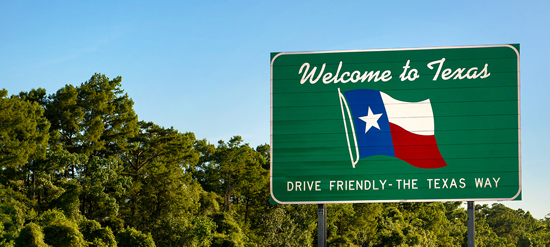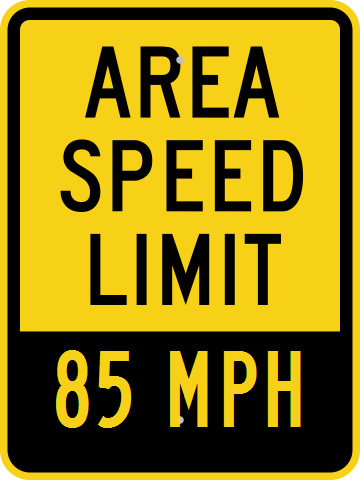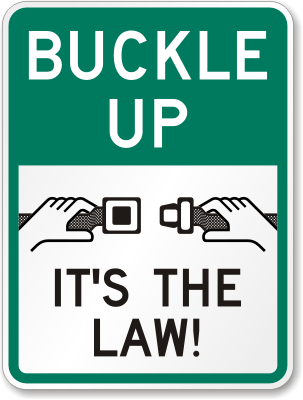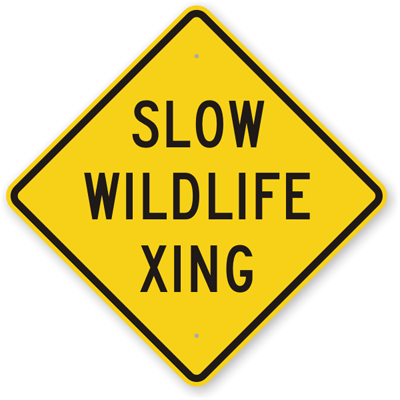Texas highway 130 unveils highest speed limit in America
As the saying goes, everything is bigger in Texas – and now, it’s also faster. Central Texas recently saw the opening of a 40-mile stretch of toll road where the posted speed limit is 85 miles per hour, making it the highest speed limit in the country. Texas 130 will allow drivers to get from San Antonio to Austin, bypassing the congested I-35 corridor. In Texas, thanks to some recent legislative leniency, ten percent of highways already have posted limits of 75 mph and above.
So, what’s the hurry? Well, Texas Department of Transportation points to the speed limit increase on I-20, in West Texas, and on 1-10 west of San Antonio, where the limits on both interstates went up to 80 mph in 2006. In the six years after posting the higher limits in these areas, road fatalities actually decreased (by roughly 29 percent). The TxDOT has interpreted those figures to mean that increasing limits does not impact the number of fatalities.
Since the speed limit on Texas 130 is the highest in the country, this custom sign is the official first of its kind (via RoadTrafficSigns.com).
Skeptics say such a simple comparison doesn’t necessarily add up; other factors can also lower fatality rates, such as more frequent seat belt use, safety improvements in vehicles, and even the economic downturn, which means less people spending money on car travel. And while the TxDOT seems confident that the incremental rise in speed limits is safe, Texas’s fatality rate is higher than the national average. While national rates of traffic-related deaths fell in 2011, Texas was one of the states where the rate remained flat.
Traffic studies, conducted in anticipation of the raised limit for Texas 130, showed that 85 percent of drivers were traveling at 83 mph or less. In traffic-engineering parlance, 85 percent of drivers will travel at a safe, comfortable speed, regardless of the posted limit, so the TxDOT concluded that Texas 130 was a good candidate for an 85 mph speed limit. Already, the department has installed extra signs along the new portion of road, reminding drivers that the left lane is for passing only on highways, with speeds of 75 mph or higher.
Given the higher than average fatality rate in Texas and its increased driving speeds, it’s more vital than ever to remind drivers and passengers to buckle up (via MyParkingSign.com).
At the Institute for Highway Safety, President Adrian Lund pointed out that setting speed limits based on the 85th percentile creates dangerous conditions: “there’s an assumption that the government is always conservative, so if 85 is the speed limit, then 90 and 95 must be safe, right?” If drivers calculate the margin can be as much as five or ten miles over the speed limit, then Texas 130 could start seeing speeds of 90 to 95 miles per hour. And as speed limits increase, so does crash severity.
Another group of drivers not-so-thrilled with Texas’s need for speed: truckers. The American Trucking Association came out swinging against the increased speed on the toll road, saying that the maximum truck speed they recommend, 65 mph, should be enough for other vehicles as well. A trucker interviewed for a local news story pointed out that with trucks going at maximum allowable speeds much lower than other drivers on Texas 130, the difference in speeds itself can create accident conditions.
Since the road opened, drivers have been taking advantage of the toll-free driving before the fees take effect on November 11th. However, they’re not the only ones enjoying the new tarmac. Texas hogs have joined them, and not the kind who ride Harleys.
The Texas Department of Transportation may be responsible for posting more than just new speed limit signs; a raised limit could necessitate new wildlife crossing signs, considering the heightened hazards for animals and drivers who encounter them (via RoadTrafficSigns.com).
Feral hogs, which have long been a problem in the rural parts of central Texas, have been wandering onto the highway at night and there have already been a number of collisions. Thanks to the hogs joining the commuters, it looks like the toll road managers are going to have to warn drivers about more than just staying safe at increased speeds.
– K. Cavouras




